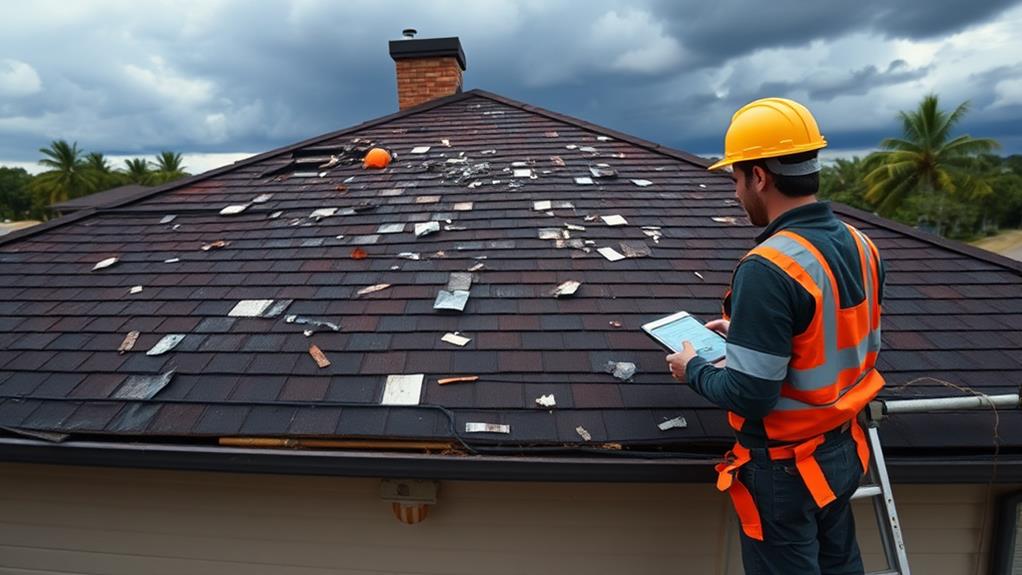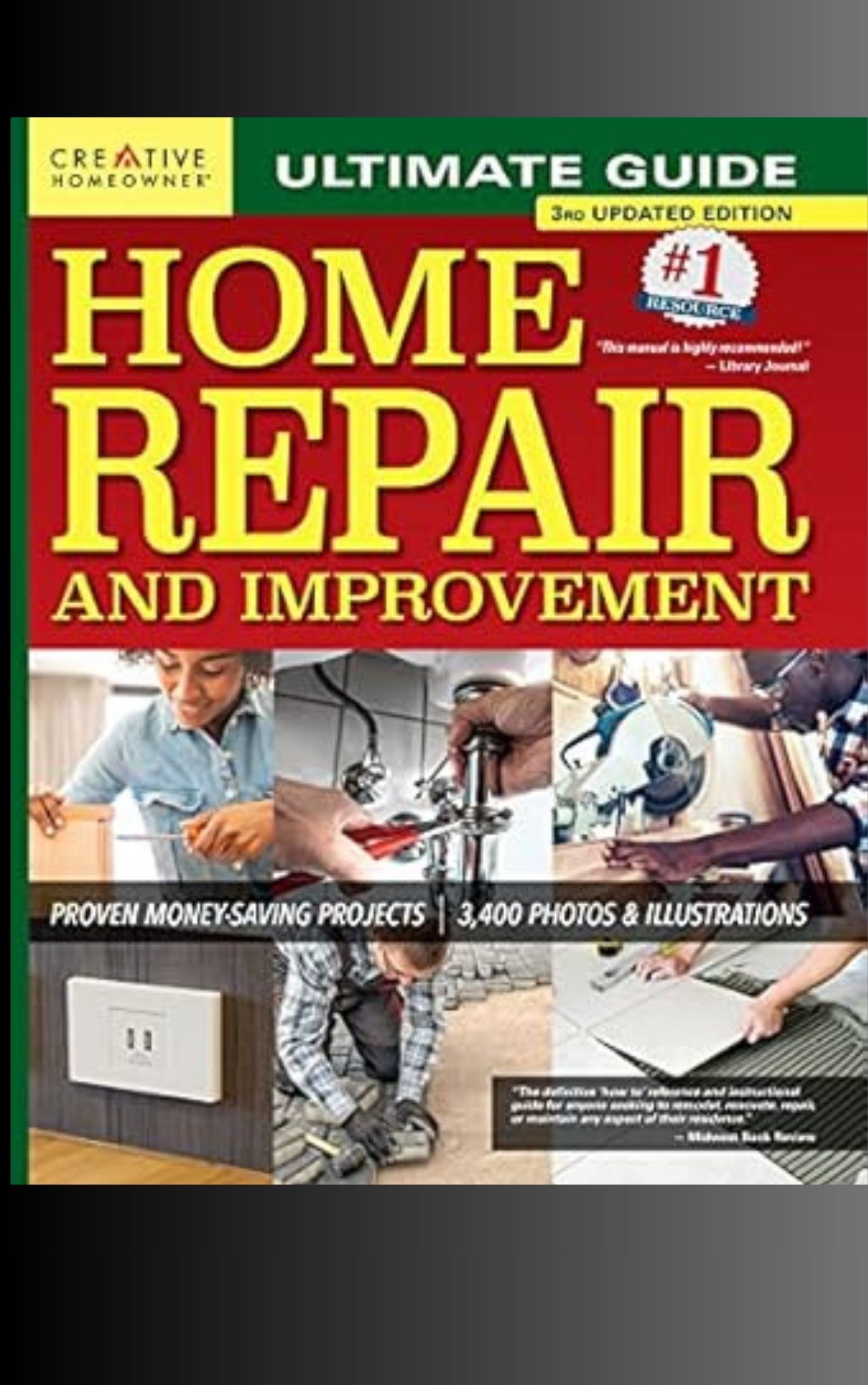When choosing a contractor for post-storm roof repairs, prioritize legitimacy and quality. Verify the contractor's licenses, insurance, and bonding. Check for complaints and read reviews from previous customers. Ensure they have experience with storm-related repairs and can navigate insurance claims. Request detailed cost estimates and understand payment terms. Evaluate their workmanship, materials used, and warranty coverage. Assess their project timeline, communication practices, and commitment to customer satisfaction. Be wary of storm chasers and always get multiple quotes. By thoroughly vetting potential contractors, you can protect your home and investment from further damage or subpar repairs.
Assessing Storm Damage

In the aftermath of a severe storm, a thorough assessment of roof damage is crucial. Begin by safely inspecting your roof from the ground using binoculars. Look for obvious signs of damage, such as missing shingles, dented gutters, or debris accumulation. Check your attic for water stains or leaks, which may indicate roof damage.
For a comprehensive evaluation, consider hiring a professional roofing inspector. They can safely access the roof and identify less obvious issues, such as compromised flashing or weakened structural components. A professional assessment provides a detailed report of the damage, which is essential for insurance claims and determining the scope of necessary repairs.
Document all visible damage with photographs and notes. This evidence will be invaluable when filing insurance claims or discussing repairs with contractors. Be wary of storm chasers who may offer quick fixes without proper assessment. Instead, prioritize thorough inspection and documentation to ensure all damage is accurately identified and addressed. A proper assessment lays the foundation for selecting the right contractor and implementing effective, long-lasting repairs to protect your home from future weather events.
Researching Local Contractors
Once you've thoroughly assessed the storm damage to your roof, the next step is finding a qualified contractor to perform the necessary repairs. Start by compiling a list of local roofing contractors through online directories, recommendations from friends and family, and your insurance company's preferred providers. Verify each contractor's credentials, including licenses, insurance, and certifications specific to roofing work.
Research their reputation by reading customer reviews on multiple platforms and checking their rating with the Better Business Bureau. Look for contractors with experience in storm damage repairs and a track record of successfully handling insurance claims. Contact at least three reputable contractors for estimates, ensuring they provide detailed written proposals outlining the scope of work, materials to be used, and projected timeline.
Pay attention to how responsive and professional each contractor is during the initial communication. Ask about their warranty offerings and whether they use subcontractors. Verify that they are properly bonded and can provide references from recent storm-related projects. By thoroughly researching local contractors, you can make an informed decision and select a reliable professional to restore your roof after storm damage.
Verifying Credentials and Insurance

Before hiring a contractor for post-storm roof repairs, it's crucial to verify their credentials and insurance coverage. Request proof of licensing and certification specific to roofing work in your state or locality. Check with your local licensing board to ensure the contractor's license is current and in good standing.
Ask for copies of the contractor's liability insurance and workers' compensation coverage. Verify these documents directly with the insurance provider to confirm their validity and adequacy. A reputable contractor should carry at least $1 million in liability coverage.
Inquire about the contractor's professional affiliations and certifications from roofing manufacturers. These credentials often indicate a commitment to ongoing education and adherence to industry standards. Look for memberships in organizations such as the National Roofing Contractors Association (NRCA) or certifications from reputable roofing material manufacturers.
Don't hesitate to ask for references from recent clients who had similar post-storm repairs. Contact these references to gauge their satisfaction with the contractor's work quality, timeliness, and professionalism. By thoroughly vetting a contractor's credentials and insurance, you can minimize risks and ensure a smoother repair process.
Getting Detailed Estimates
Clarity in pricing is essential when seeking post-storm roof repair services. When obtaining estimates from potential contractors, insist on detailed, itemized breakdowns of all costs involved. This should include materials, labor, permits, and any potential additional expenses. Request separate line items for different aspects of the repair, such as removing damaged shingles, replacing underlayment, or addressing structural issues.
Ensure that estimates include a timeline for project completion and specify payment terms. Be wary of contractors who demand full payment upfront or offer suspiciously low bids. Compare estimates from multiple contractors, looking for consistency in scope and pricing. If there are significant discrepancies, ask for clarification.
Request that contractors explain their choice of materials and why they're recommending specific repairs. This information can help you make informed decisions and potentially identify areas where costs could be optimized without compromising quality. Don't hesitate to ask questions about any aspect of the estimate that seems unclear or concerning. A reputable contractor should be willing to explain their pricing and methodology in detail, helping you feel confident in your choice.
Understanding Warranties and Guarantees

During the process of selecting a contractor for post-storm roof repairs, understanding warranties and guarantees is crucial. These legal protections safeguard your investment and ensure quality workmanship. Reputable contractors typically offer two types of warranties: manufacturer's warranty for materials and workmanship warranty for labor.
The manufacturer's warranty covers defects in roofing materials, often lasting 20-30 years for asphalt shingles. This warranty may be prorated, reducing coverage over time. Workmanship warranties, provided by the contractor, typically range from 1-10 years and cover installation errors.
When evaluating warranties, pay attention to coverage limits, exclusions, and transferability. Some warranties may be voided by improper maintenance or unauthorized repairs. Ask contractors about their warranty claim process and response times for addressing issues.
Guarantees differ from warranties, often promising satisfaction or offering money-back assurances. While attractive, carefully review the terms of any guarantee. Ensure you understand what constitutes a valid claim and any time limitations for filing.
Always request written copies of warranties and guarantees. Compare offerings from different contractors, as robust warranty coverage can be a deciding factor in your selection process.
Avoiding Storm Chaser Scams
While understanding warranties and guarantees is important, homeowners must also be vigilant against unscrupulous operators who exploit post-storm situations. These "storm chasers" often appear in affected areas immediately after severe weather events, offering quick repairs at seemingly attractive prices. However, their work is frequently substandard, and they may disappear once payment is received, leaving homeowners with poorly repaired roofs and no recourse.
To avoid falling victim to storm chaser scams, homeowners should:
- Be wary of unsolicited offers or high-pressure sales tactics.
- Verify the contractor's local physical address and contact information.
- Check for proper licensing, insurance, and bonding.
- Research the company's reputation through online reviews and local business bureaus.
- Obtain multiple written estimates from established local contractors.
- Avoid paying large upfront deposits or full payment before work completion.
- Insist on a detailed written contract specifying materials, timelines, and payment terms.
- Be cautious of contractors claiming to work directly with insurance companies.
Frequently Asked Questions
How Long Does a Typical Roof Repair Take After Storm Damage?
The duration of a typical roof repair after storm damage varies depending on the extent of damage and weather conditions. Minor repairs may take 1-2 days, while more extensive damage could require 1-2 weeks for complete restoration.
Can I Stay in My Home During Roof Repair Work?
Generally, you can stay in your home during roof repairs. However, consider factors like noise, dust, and safety concerns. Some extensive repairs may require temporary relocation. Discuss your specific situation with your roofing contractor for the best advice.
What Time of Year Is Best for Post-Storm Roof Repairs?
In a world where weather is as unpredictable as a roulette wheel, the best time for post-storm roof repairs is typically during dry, warm seasons. Late spring through early fall offers ideal conditions for efficient and effective roofing work.
How Often Should I Have My Roof Inspected After Repairs?
After roof repairs, it's advisable to have your roof inspected annually. However, following severe weather events or if you notice any issues, such as leaks or missing shingles, schedule an immediate inspection to prevent potential damage.
Are There Eco-Friendly Options for Post-Storm Roof Repairs?
Yes, eco-friendly options for post-storm roof repairs include recycled shingles, cool roofing materials, and sustainable underlayments. Solar tiles and green roofing systems are also environmentally conscious choices that can enhance energy efficiency and reduce environmental impact.
Conclusion
In the aftermath of a storm, the choice of roofing contractor becomes a pivotal decision, symbolizing the restoration of safety and security. Like a lighthouse guiding ships through treacherous waters, thorough research illuminates the path to reputable professionals. Verifying credentials and understanding warranties serve as anchors, grounding homeowners in informed choices. By navigating the turbulent seas of estimates and avoiding the siren call of storm chasers, property owners can weather the challenges of post-storm repairs and emerge with a sturdy roof overhead.

